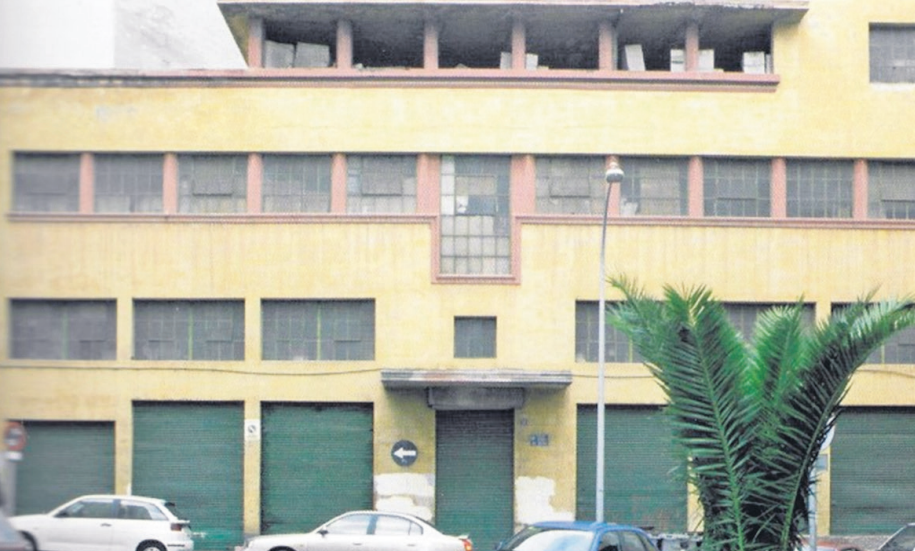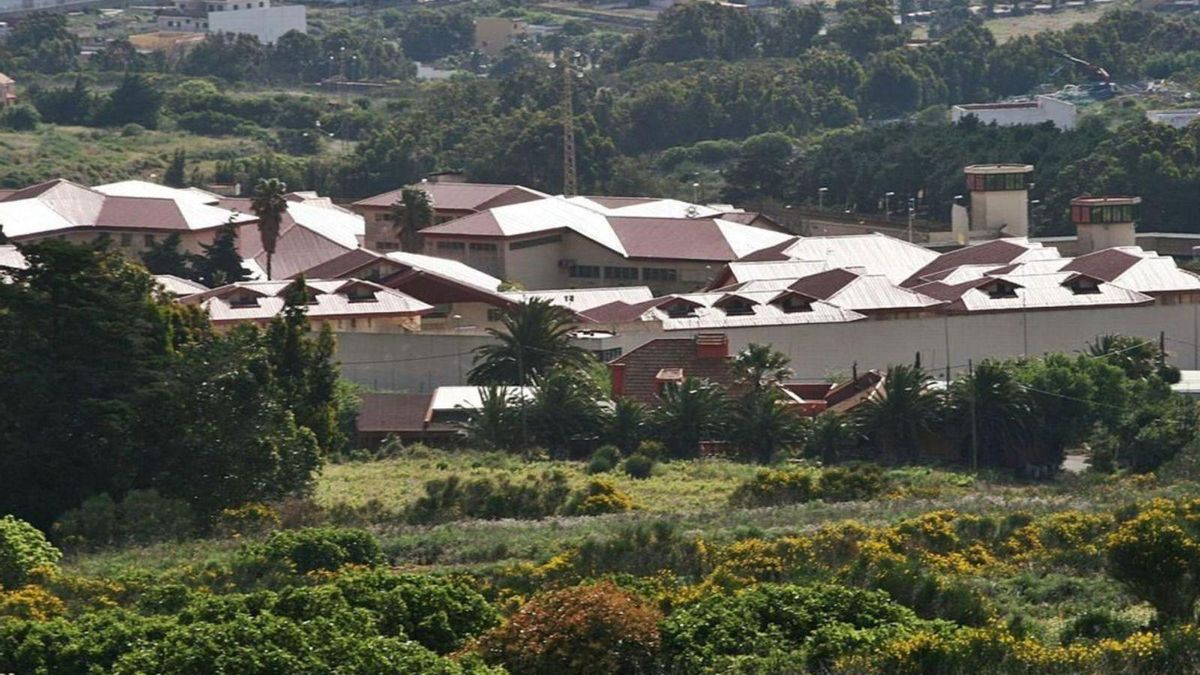The building that once housed the La Belleza tobacco factory in Santa Cruz de Tenerife will now accommodate eleven luxury residences. As noted in the catalogue of the city’s General Plan, it will retain its façade and entrance hall, as these are the only protected elements.
Concerns Over Preservation
Professor of Art History at the University of La Laguna, Alberto Darias Príncipe, believes the historic building can now be considered “lost”, having always advocated for its complete preservation. He argues that while maintaining the façade and the first bay is “the least bad” option, it is regrettable that “we have been left with a city that resembles the backdrop of a theatre, merely a stage”, and he contends that the interior also held significant value for conservation.
Expert Opinions
Previously, experts such as architect Fernando Beautell advocated for total protection of the building, located on Pérez de Rozas street. He expressed disappointment that the catalogue only encompasses these two elements, describing the decision as “rather incoherent”.
The former Cultural Councillor of the Cabildo, Dulce Xerach, acknowledged the importance of preserving some elements of this infrastructure to “remind us that a historically significant building once existed in that location and can be adapted for residential use”, similar to the old factories in New York transformed into lofts and apartments. She noted that the old factory was “quite dilapidated”, so maintaining the façade is a positive outcome.
Historical Essence Reinforced
She emphasised the importance of retaining the first bay, as this will strengthen the historical essence of the building and includes the conservation of the roof. “I am not overly critical of this action because there was practically no other option left, and at least in the future, there will be a reference to what it once was,” she remarked. The old factory is listed in the catalogue of the international body Documentation and Conservation of buildings, sites and neighbourhoods of the Labour Movement (Docomomo), which recognises the most valuable pieces of modern architecture and aims to promote, inventory, and protect these elements.
Architectural Significance
The relevant documentation states that it was originally located in the city’s expansion area, forming a rationalist ensemble with the owner’s now-vanished residence and gardens, along with its lateral façade, “which left it considerably diminished,” it indicates.
According to Docomomo, “the symmetry in the main façade and the use of mouldings on the cornices, the clarity of the openings, and the transition between the two original façades make this building one of the most interesting examples of the work of Gran Canaria architect Miguel Martín Fernández de la Torre.”
The construction took place between 1929 and 1930 and later suffered a fire that severely damaged its interior, which had housed shops, until it fell into total disrepair.














